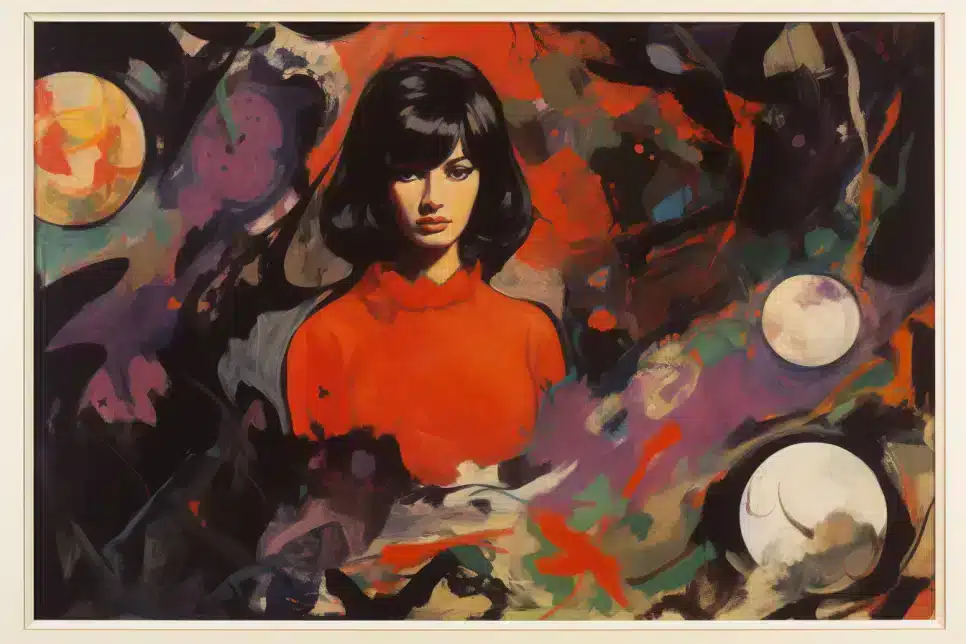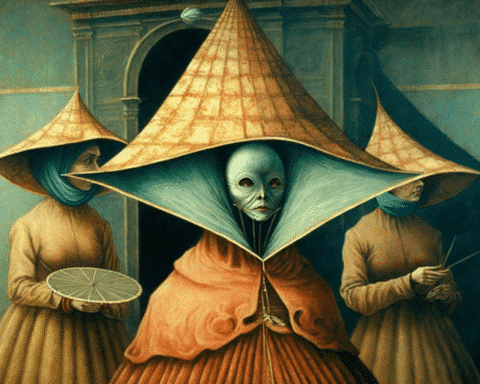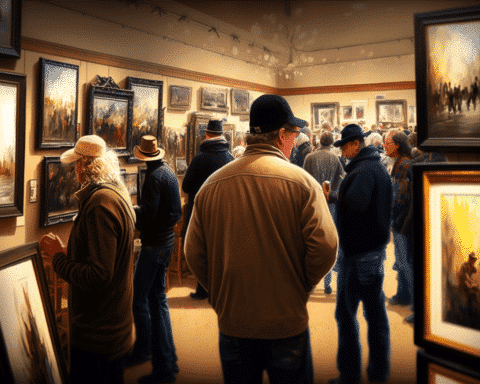In the summer of 1966, amidst the whirlwind of their global tour, The Beatles found themselves in an unexpected creative retreat within the confines of the Tokyo Hilton’s presidential suite. Here, away from the frenetic energy of their fans and the cultural controversies of their Japan tour, they created a unique piece of art known as “Images of a Woman.” This painting, the only known artwork collectively crafted by the Fab Four, recently made headlines when auctioned for a staggering $1.7 million at Christie’s in New York. According to Casey Rogers, a specialist at Christie’s, the painting “crystallizes a magic moment in Beatles history,” underscoring its profound connection to a pivotal time for the band and their enduring legacy.
“Images of a Woman” was a product of artistic whimsy and a symbolic representation of The Beatles’ camaraderie and individuality. Amidst the backdrop of recording sessions for “Revolver,” the band members each contributed to a quadrant of the painting under the watchful eye of photographer Robert Whitaker. The diverse use of colours, shapes, and mediums reflected their styles and inclinations, with Lennon and McCartney favouring acrylics and Harrison and Starr leaning towards watercolours. The painting’s central feature, the signatures of all four Beatles, marks it as a rare artifact that bridges their musical and visual artistic endeavours.
The journey of “Images of a Woman” from creation to auction is intertwined with The Beatles’ global influence and the shifting landscapes of art and culture. Initially in the possession of Tetsusaburo Shimoyama and later under the care of Takao Nishino, the painting’s eventual sale reflects not only the band’s enduring appeal but also the changing perceptions of their contributions beyond music. As Rogers aptly notes, The Beatles’ legacy is “perennial,” continually finding new relevance through various forms of media, including recent advancements in artificial intelligence.
The sale of “Images of a Woman” for nearly three times its estimated value is a testament to The Beatles’ undiminished impact on popular culture and art. It serves as a poignant reminder of a time when the band, amidst the pressures of fame and the constraints of their environment, found solace and expression in creating a shared artwork. As Rogers suggests, this painting is not just a relic of a bygone era but a narrative thread that connects the past with the present, inviting reinterpretations and new appreciations. The Beatles, through both their music and this singular painting, continue to inspire and captivate, proving that their creative spirit transcends the boundaries of time and medium.




